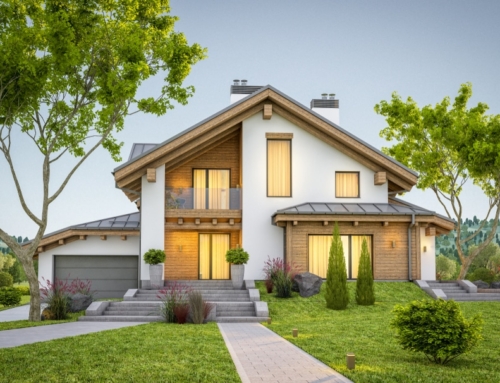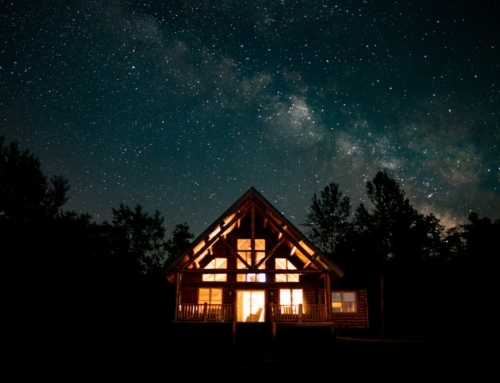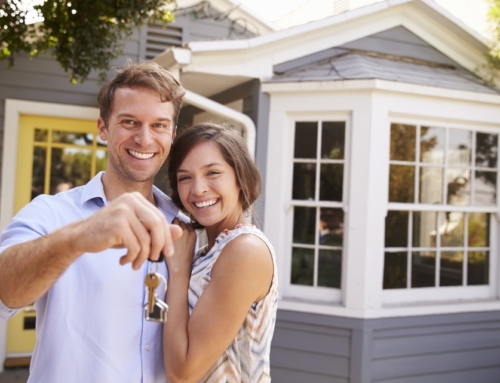In the past few weeks, several columns have generated some thoughtful responses. (Note: Some of the letters have been edited for space and clarity.)
Q: I am writing in response to an article by Ilyce Glink regarding the calculation of repair costs when considering the purchase of a vintage home.
While I agree that such considerations are an important part of the decision making process, and would be part of a purchaser’s “due diligence” in considering the purchase of a vintage home, I take exception with her position that some vintage homes are simply not worth saving, and that they should simply be torn down in order to build a new house from scratch.
Yikes! How about guiding those who want a new house to simply go look for a new house? How about guiding people who don’t have the desire, interest, or will to restore a vintage home to simply look elsewhere?
She mentions replacing windows, exterior siding, carpet walls and roof, yet keeping moldings banister, old hardwood floors and any stained glass. She speaks of calculating the cost of installing granite, top-quality windows and high-end fixtures — none of which belong in a vintage house!
What gives a vintage home it’s charm is that it has its original windows, light fixtures, kitchen/bath fixtures, and is a reflection of the period from which is was created. She says “Sometimes it doesn’t matter is you’ve poured $50,000 or $5 million into an old-house renovation, you can’t make it feel like a new house.” Well for heaven sakes, just go find a new house and don’t try and make a vintage house be something it is not and was never meant to be in the first place!
I am an historic preservationist and I saddened by the advice this woman is giving to the public regarding vintage houses. I help people who do love and understand vintage houses reverse the damage that previous owners have wrought to historic resources in an effort to make them into something they were never meant to be.
Please try to remember that historic resources are under tremendous development pressure as it is, and the teardown trend is robbing us of our collective cultural memory at an alarming rate. Each vintage building is a part of that collective memory of who we are and where we came from and they deserve stewardship for the next generation.
If the potential buyer of a vintage or historic building does not want to be the member of that special group that holds the torch for the next generation, then please advise them to pass and find a new maintenance free house that already has granite counters, the latest high end fixtures, and perhaps some faux old house features and leave the old houses for those who love and understand them, and are willing to maintain them for those who have yet to be born.
Sometimes the purchase of an old house is about more that just a balance sheet.
A: Thanks for your note. I live in a 1880s house that my husband and I completely renovated in 1999. But I have to say, there was nothing about the house that was really worth saving (except the shell, although we put new siding on that as well).
Sometimes old houses are just old. Whatever old details that may have originally existed were stripped out many years prior. They need a whole lot of work and then sometimes you’re left with a house that doesn’t really have anything original left in it. So, is this an old house renovated or an old shell that is entirely new inside?
Those, in my opinion, are the houses not worth saving. Houses of a historic nature — that have more going for them than age — are often worth saving, but the right kind of individual has to find them.
Aug. 4, 2006.






Leave A Comment